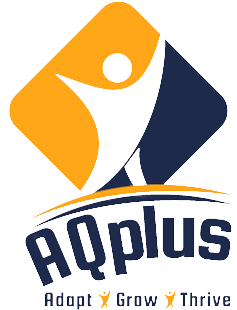Your Step-by-Step Guide to Assess Your Team’s Change Readiness
While more and more folks are catching on that adaptability skills are the next big game-changer, the big question still hanging in the air is: how exactly do we measure it? This seems to be the elephant in the room as we talk about the competencies of the future.
Well, the answer is now quite simple. Identify your Adaptability Quotient (AQ) with an AQ audit.
You might be wondering “What the heck is an AQTeam audit?” Some of you might be hesitant to ask because you are under the impression that conducting an AQTeam audit is an expensive and time-consuming endeavor? Well, think again!
Contrary to popular belief, diving into your organization’s capacity and potential to adapt doesn’t require endless resources or days of work. In fact, the core of an AQTeam audit can be as straightforward as dedicating less than 30 minutes for each participant to complete a simple online assessment. This quick and efficient approach not only saves time and costs but also paves the way for insightful data that can dramatically enhance your team’s flexibility and responsiveness in our fast-evolving business landscape. Let’s explore how this streamlined process can unlock potential and drive innovation within your organization, without the fuss or the hefty price tag!
Step 1: Establish Your AQ Baseline
What’s your organization’s current adaptability score? Don’t know? No problem—that’s what this audit is for! Utilizing the revolutionary AQai Assessment, we can determine your company’s, team’s and employee’s adaptability competence and intelligence, in under 30 minutes per person.
Step 2: Assemble Your Team(s)
Start by identifying a team. A minimum of five team members is required to create an AQTeam report. team. While it’s always recommended you start at the top of the organization, it’s more important to just start the audit. Once you have a baseline, it’s quite common for leaders and managers to want to know the AQ on every employee. Some organizations even incorporate AQ into their hiring process. But let’s not put the cart before the horse!
Step 3: Identify Adaptability Levers
Post-assessment, management will receive a comprehensive AQTeam report. Each report will reveal findings on 19 dimensions. The report will pinpoint the factors that can either dial up or dial down your organization’s and employee’s adaptability. These levers can range from individual adaptive abilities to personality characteristics and company culture. Think of these as the knobs and dials that can tune your organization’s ability to grow and innovate.
Step 4: Engage in Deep-Dive Analysis
Time to put on your AQ scuba gear! We will provide you with the comprehensive AQTeam report as well as in-depth summary during a management call and debrief. Each participant will receive a personalized AQme report with their results as well as a workbook to lay out a personalized development plan. We will help managers analyze the data to uncover trends and insights. Which departments are innovation hubs, and which ones prefer the “tried and tested” methods? Where and who are the bottlenecks in growth, innovation, and decision-making? This analysis helps you spot opportunities where a little flexibility could lead to leaps in productivity.
Step 5: Develop Actionable Strategies
With your insights in hand, craft strategies that promote a more adaptable culture. Maybe it’s about embracing a fail-fast mentality, offering cross-departmental training, or even integrating new tech tools. The goal? To ensure that adaptability is not just encouraged but embedded in your operational DNA.
Step 6: Implement and Communicate
Roll out the strategies with clear communication—remember, change is only as good as the buy-in it receives. Make the case compelling, and show everyone from the C-suite to the front line how company changes benefit them and how changes in their AQ will add value and open new opportunities.
Step 7: Monitor and Iterate
An AQ Audit isn’t a one-and-done deal. Regularly monitor how the changes are taking root and the impact they’re having. Adaptability is about continuous improvement, so keep tweaking and fine-tuning your approaches based on real-world feedback and outcomes.
Step 8: Celebrate and Scale Successes
Last but not least, celebrate those wins—big or small. Did a new workflow reduce bottlenecks? Did cross-training lead to innovative ideas? Highlight these successes, and use them to fuel further adaptability initiatives.
So there you have it! An AQTeam Audit is your ticket to not just surviving but thriving in a world that changes quicker than a quick-change artist. Ready, set, adapt!







